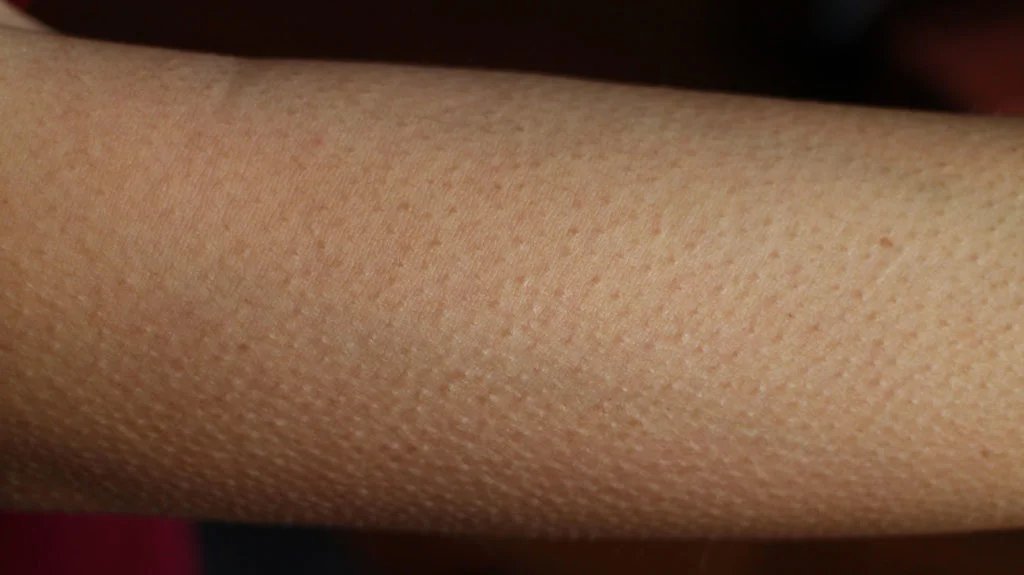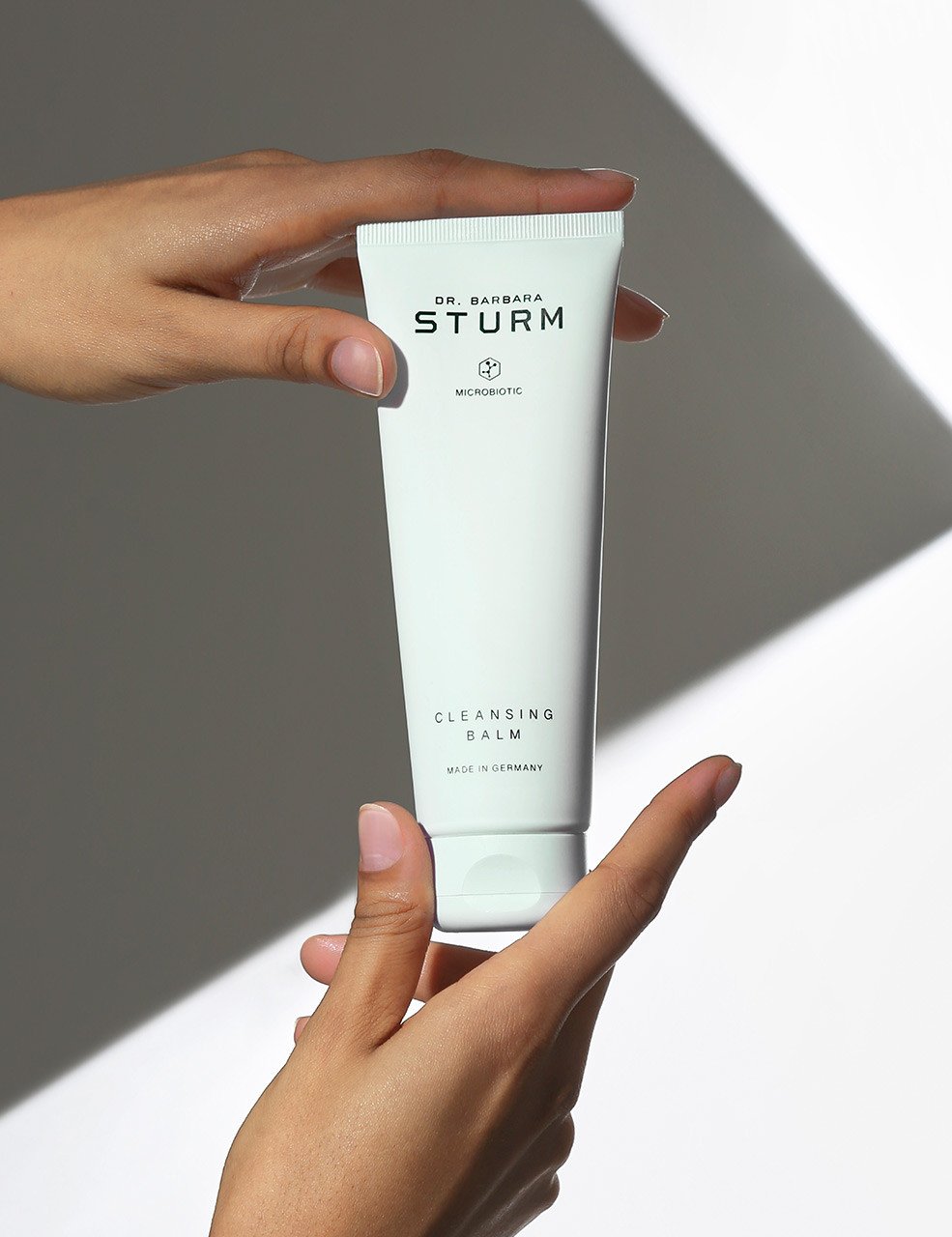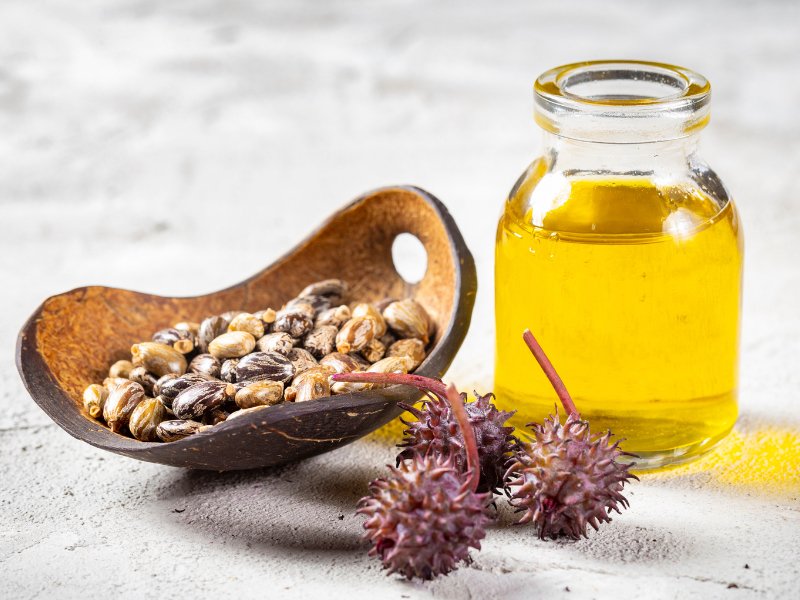Keratosis pilaris (KP), often referred to as “goosebumps” or “chicken skin,” is a common skin condition characterized by small, rough bumps on the skin, primarily on the arms, thighs, and cheeks. While KP is harmless, it can affect self-esteem and skin appearance. This article will provide an in-depth look at keratosis pilaris, its causes, and practical solutions for achieving smoother, clearer skin.
What is Keratosis Pilaris?
Keratosis pilaris is a benign skin condition where keratin, a protein that protects the skin, builds up and blocks hair follicles. This buildup results in the formation of tiny, rough bumps that may be red or flesh-colored. KP can vary in severity and may be accompanied by dryness or itchiness.
Common Symptoms of Keratosis Pilaris
The primary symptoms of keratosis pilaris include:
- Small, Bumpy Skin: Small, rough bumps appear on the skin, often on the upper arms, thighs, cheeks, and buttocks.
- Redness: Bumps may be surrounded by redness or inflammation.
- Dryness: The affected skin area can be dry and rough to the touch.
- Itchiness: Some individuals experience itching or discomfort in the affected areas.

KP is usually asymptomatic and does not cause serious health issues, but its appearance can be distressing for many.
Causes of Keratosis Pilaris
The exact cause of keratosis pilaris is not fully understood, but several factors may contribute to its development:
- Genetics: KP tends to run in families, suggesting a genetic predisposition.
- Skin Type: People with dry skin or those prone to eczema are more likely to develop KP.
- Hormonal Changes: Hormonal fluctuations, particularly during puberty or pregnancy, can trigger or worsen KP.
- Vitamin Deficiencies: A lack of vitamins A and C can contribute to the development of keratosis pilaris.
Solutions for Managing Keratosis Pilaris
While there is no cure for keratosis pilaris, various treatments can help manage and improve the appearance of the skin. Here are some effective solutions:
1. Exfoliate Regularly
Exfoliation helps remove dead skin cells and prevents keratin buildup in hair follicles. Consider using:
- Chemical Exfoliants: Products containing alpha hydroxy acids (AHAs) like glycolic acid or lactic acid can help smooth the skin by dissolving dead skin cells.
- Physical Exfoliants: Exfoliating scrubs or brushes can help remove rough skin but should be used gently to avoid irritation.
2. Moisturize Daily
Keeping the skin hydrated can reduce the rough texture and dryness associated with KP. Opt for moisturizers containing:
- Urea: Helps to soften and smooth the skin.
- Glycolic Acid: Aids in exfoliation and hydration.
- Hyaluronic Acid: Provides intense hydration and improves skin texture.
3. Use Retinoids
Topical retinoids, such as retinol or prescription-strength tretinoin, can improve the appearance of KP by promoting cell turnover and preventing keratin buildup. These should be used under the guidance of a dermatologist.
4. Incorporate Vitamin A and C
Topical treatments containing vitamins A and C can help improve skin texture and promote healing. Vitamin C also helps with skin brightening and reducing inflammation.
5. Avoid Irritating Products
Steer clear of products with harsh ingredients that can irritate the skin, such as those containing alcohol or synthetic fragrances. Opt for gentle, hypoallergenic products to minimize irritation.
6. Professional Treatments
For more severe cases of KP, consider consulting a dermatologist for professional treatments such as:
- Laser Therapy: Helps reduce redness and smooth the skin.
- Microdermabrasion: A procedure that exfoliates the skin and improves texture.
- Chemical Peels: Use of strong acids to remove the outer layer of skin and promote new cell growth.
Lifestyle Tips for Managing Keratosis Pilaris
In addition to topical treatments, adopting a healthy skincare routine and lifestyle can contribute to managing keratosis pilaris:
- Stay Hydrated: Drink plenty of water to maintain skin hydration from within.
- Maintain a Healthy Diet: Eat a balanced diet rich in fruits, vegetables, and healthy fats to support overall skin health.
- Wear Loose Clothing: Tight clothing can irritate the skin and exacerbate KP, so opt for breathable, loose-fitting fabrics.
Conclusion: Embrace Smooth Skin with Confidence
Keratosis pilaris is a common and manageable skin condition that does not require serious medical intervention. By incorporating regular exfoliation, proper moisturizing, and targeted treatments into your skincare routine, you can effectively improve the appearance and texture of your skin. Remember, consistency is key, and with the right approach, you can embrace smoother, clearer skin with confidence.
For personalized advice and treatment options, consider consulting a dermatologist to tailor a plan that best suits your skin’s needs. Say goodbye to goosebumps and hello to radiant, healthy skin!



